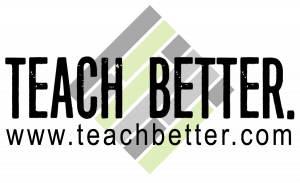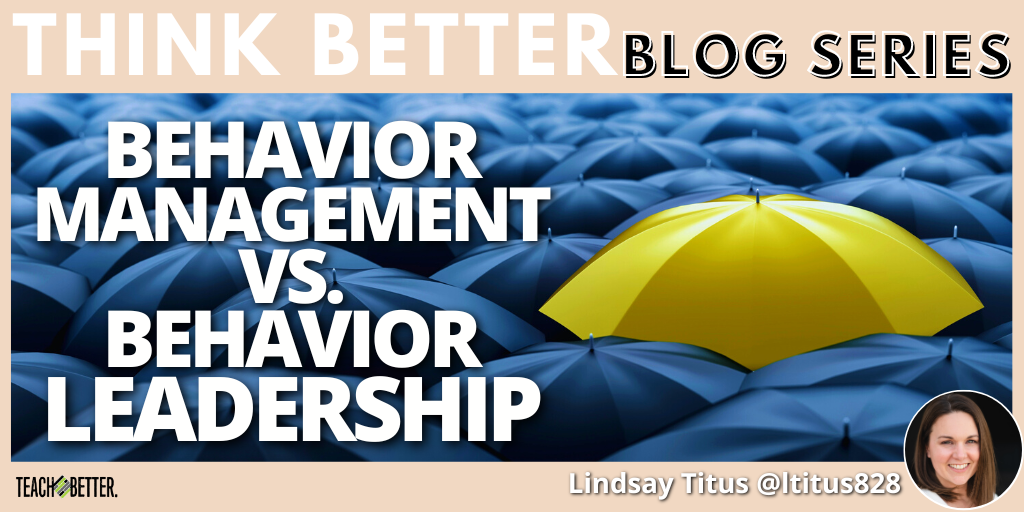TL;DR: Attempts to use a common WIN period for intervention were overwhelming due to the sheer number of students who needed help. After brainstorming with a colleague and involving administrators, a new initiative for a Math Intervention WIN was proposed and implemented, eventually leading to the creation of full-time Math Interventionist positions to better support struggling students. The Case for … Read More
Club Sandwiches and Expectations
TL;DR: Replace classroom rules with classroom expectations for more clarity. The value of expectations over rigid rules draws parallels with the experience of enjoying club sandwiches with slight variations at different places. The post encourages educators to have clear expectations collaboratively set with students rather than an exhaustive list of rules. This allows for flexibility and creativity. Club Sandwiches and … Read More
Making the Most of the First 5 Minutes
TL;DR: Educators want their students excited about their content but it can be challenging when you struggle with low energy and engagement. Focus on the first five minutes of each class, incorporating fun games and activities to create enthusiasm. Other ideas to maintain the focus on those initial minutes include upbeat music, greetings, and engaging questions, which results in increased … Read More
Maximizing Productivity for Educators with Side Hustles
TL;DR: The Eisenhower Matrix is a time management tool that helps prioritize tasks based on urgency and importance. It categorizes tasks into four quadrants: Important and Urgent, Important but Not Urgent, Not Important but Urgent, and Not Important and Not Urgent. By focusing on Quadrant II activities (Important but Not Urgent), educators can work proactively on tasks that contribute to … Read More
Behavior Management vs. Behavior Leadership
TL;DR: Behavior management is not the ultimate answer to solving all challenges teachers face. Shift your perspective from behavior management to behavior leadership, and emphasize the importance of being a leader who guides behavior change and fosters growth. Language is powerful and changing the way we speak about behavior can have a positive impact on classroom and school environments. For … Read More





